-
-
FIXED SHADE SAILS
-
ROLL-UP SHADE SAILS
-
OUTLET & ACCESSORIES
-
SAILS BY SHAPE
-
BUYING GUIDE
-
INSTALLATION GUIDE
-
APPLICATIONS
-
-
-
BUYING GUIDE
-
-
CUSTOM ROLLER SHADES
-
STANDARD ROLLER SHADES
-
BUYING GUIDE
-
-
-
-
-
-
Shade sails
-
-
Waterproof or breathable fabric?
Discover the 4 fabrics of Maanta sails!
Discover the complete guide to choosing the best fabric for your shade sail.
Purishade®, Polyester or HDPE?
Technical characteristics, behavior in case of strong wind and rain.



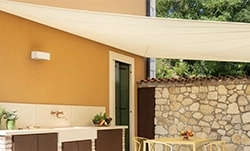


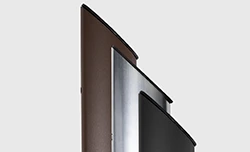



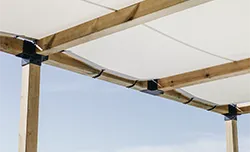


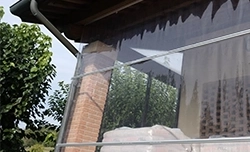










 English GB (English)
English GB (English)












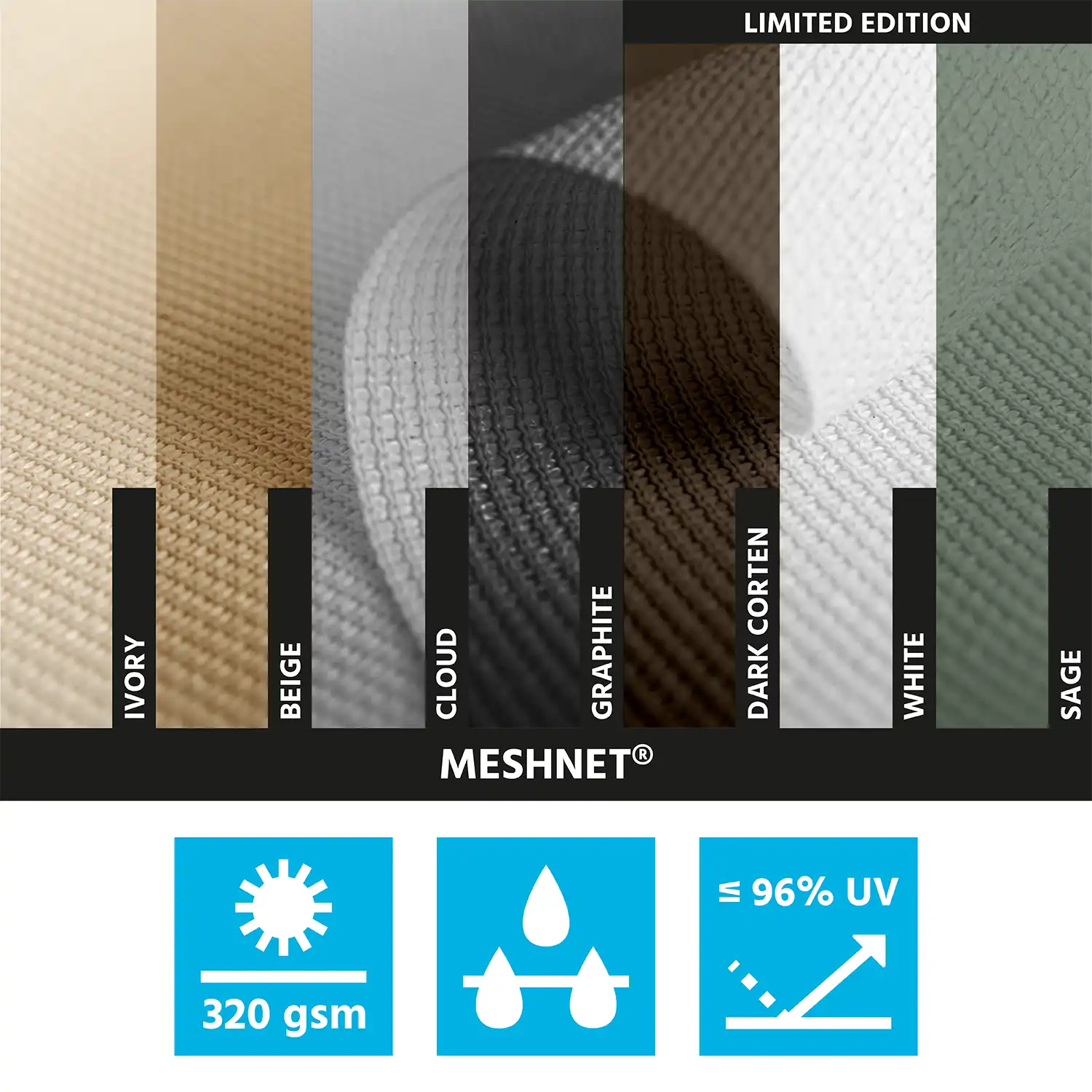
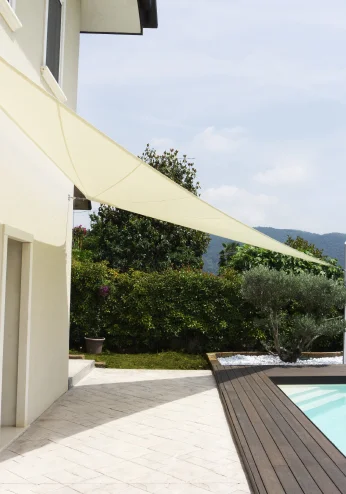


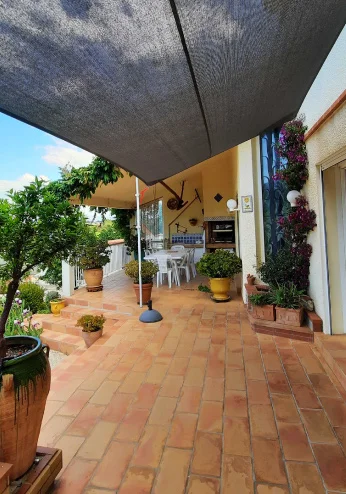




 EZ Breez
EZ Breez Solaria
Solaria Solaria +Plus
Solaria +Plus